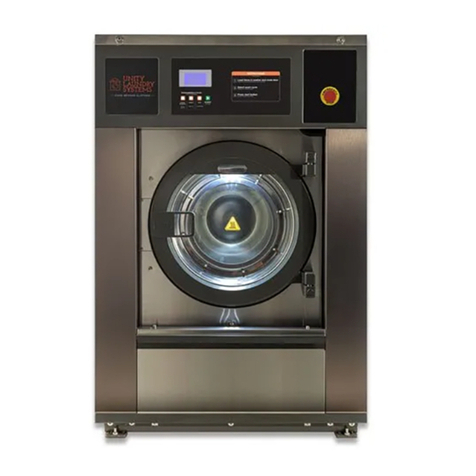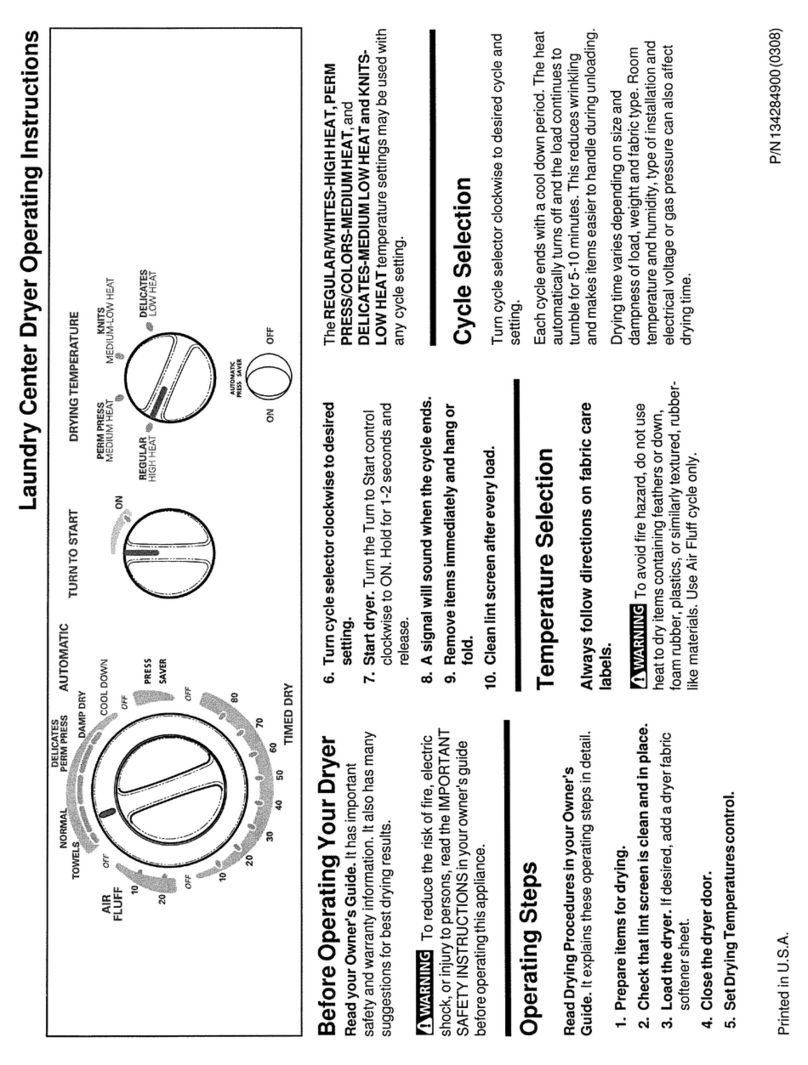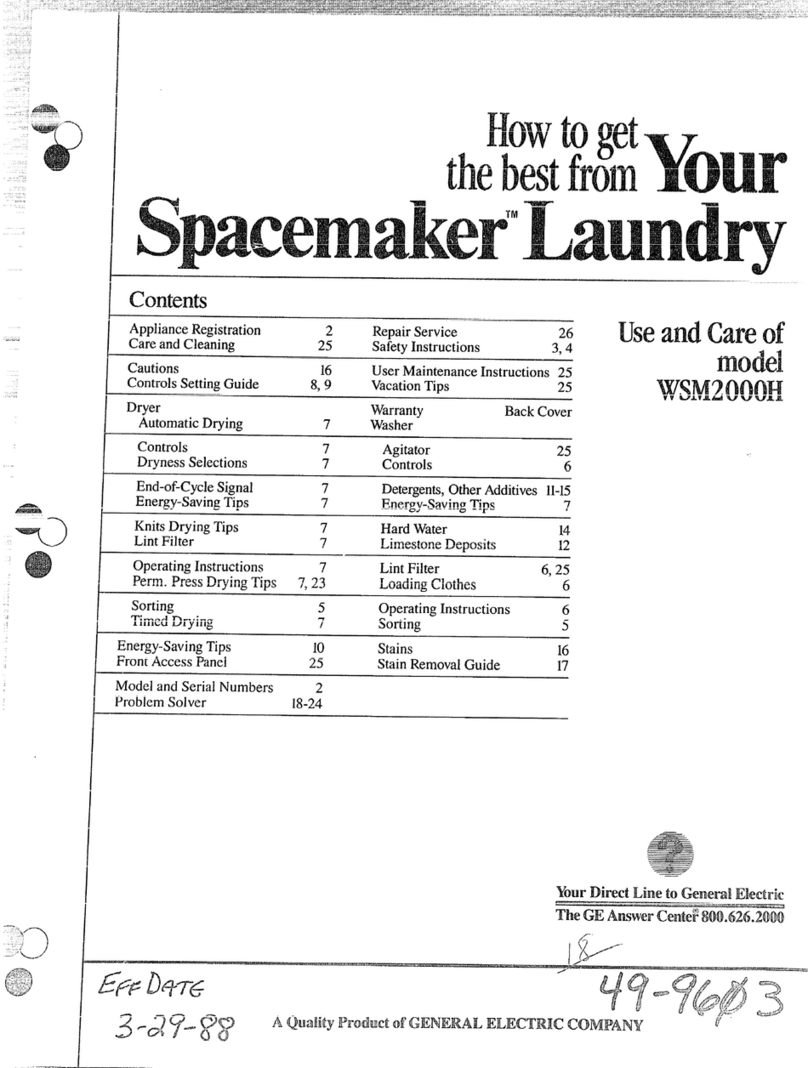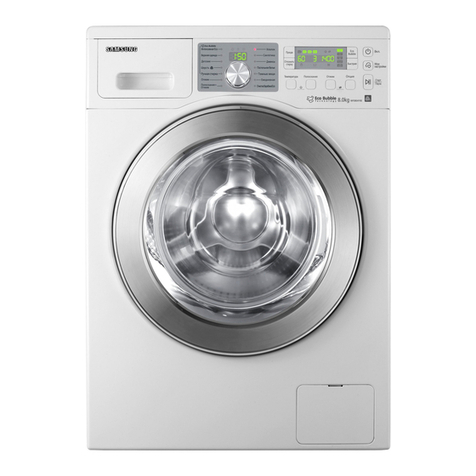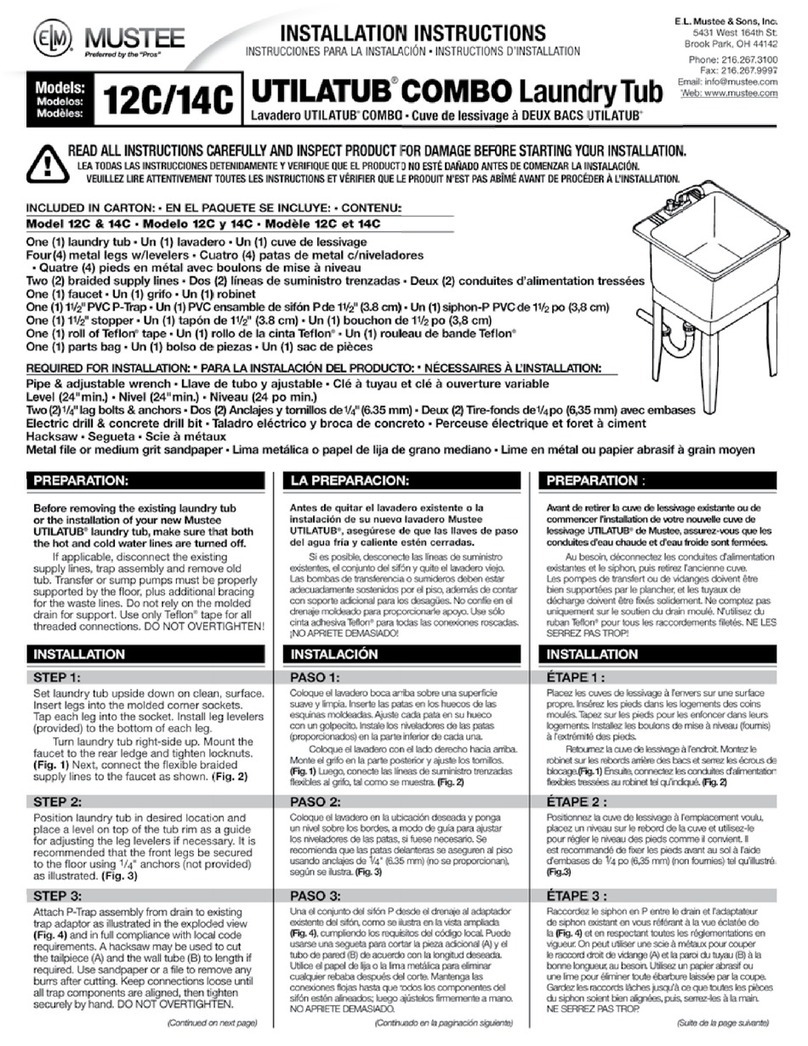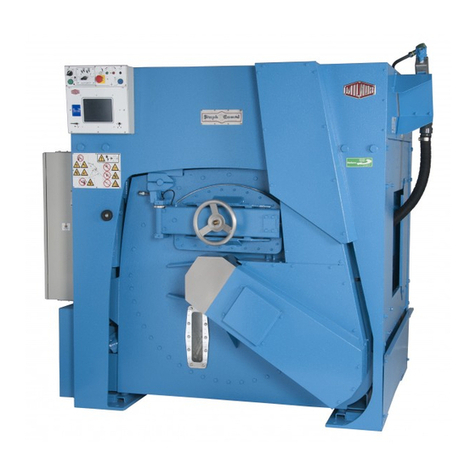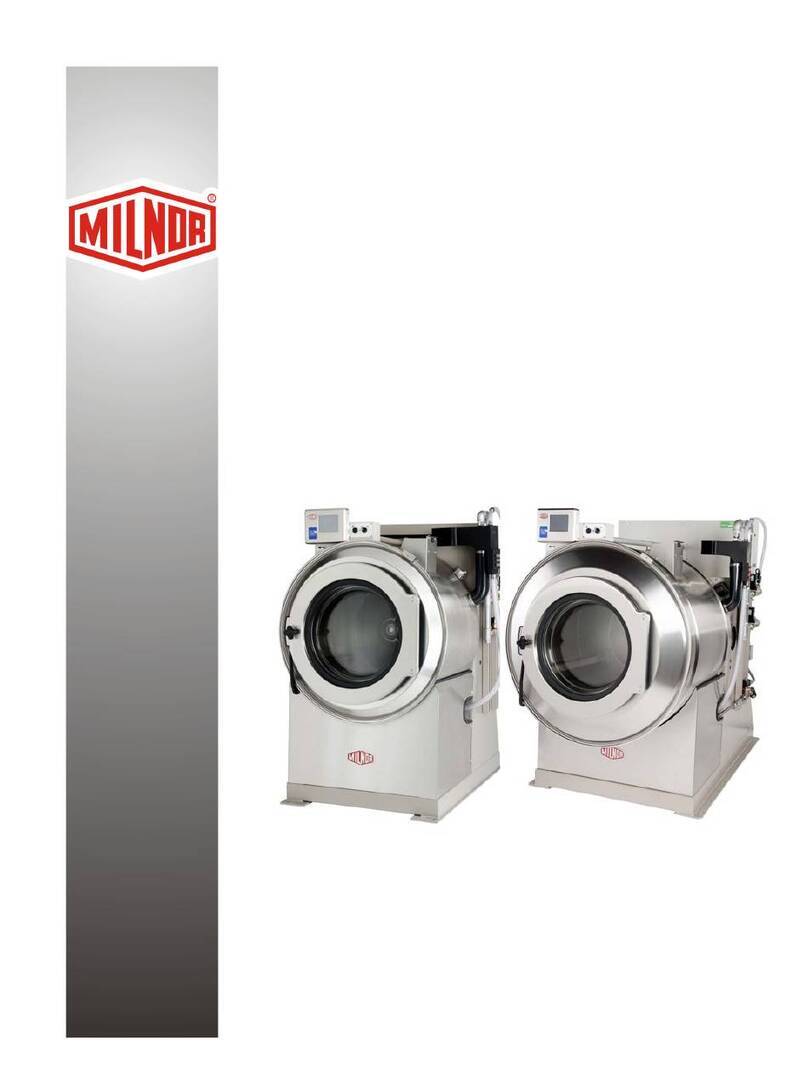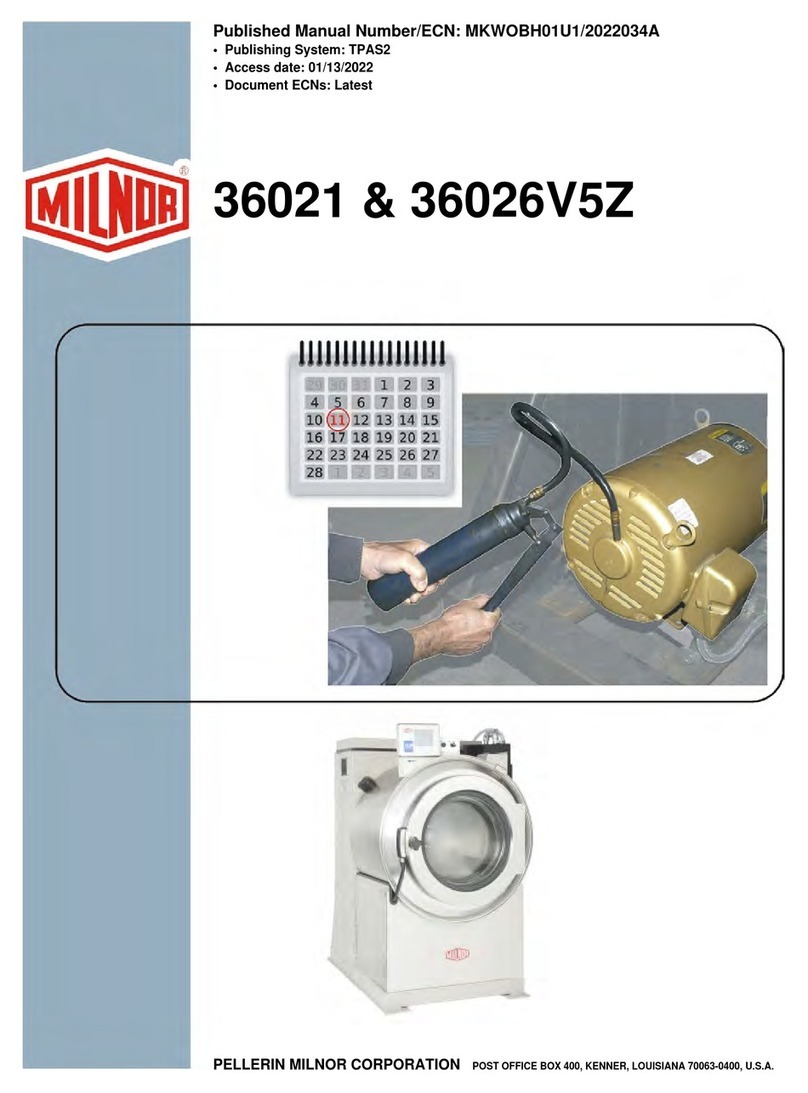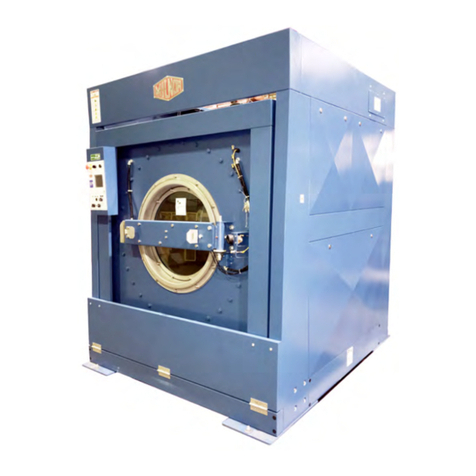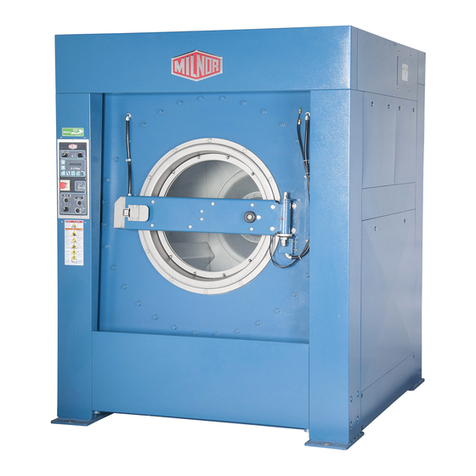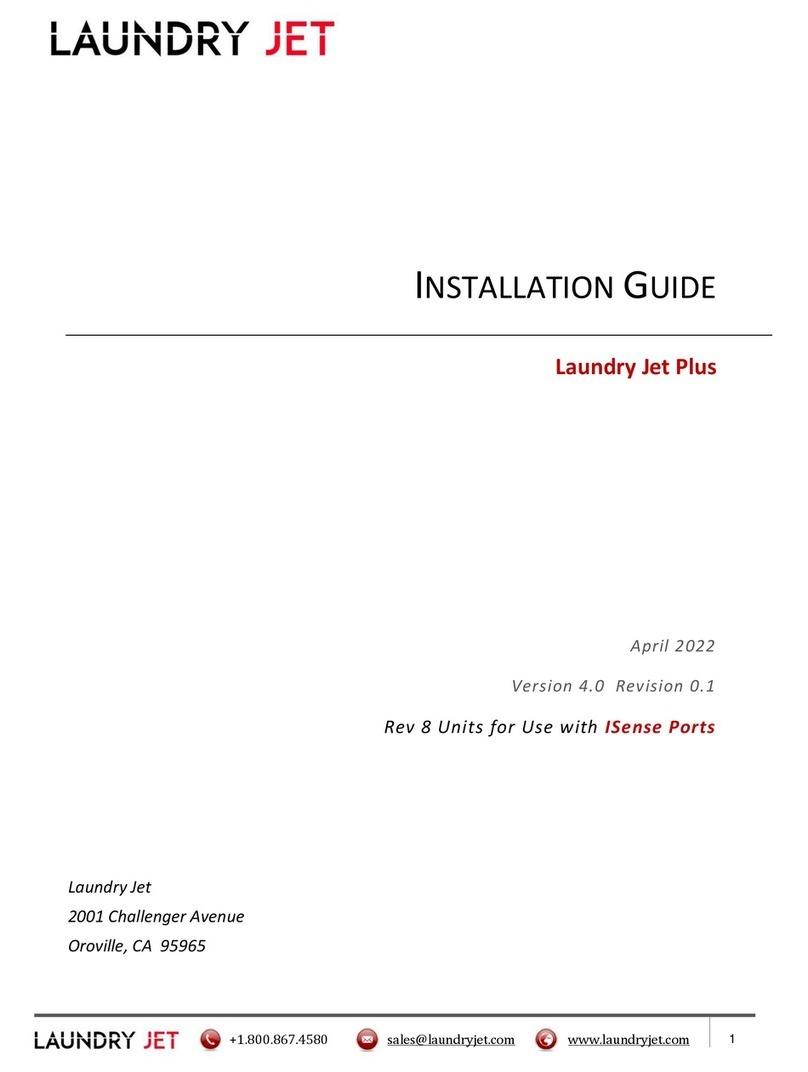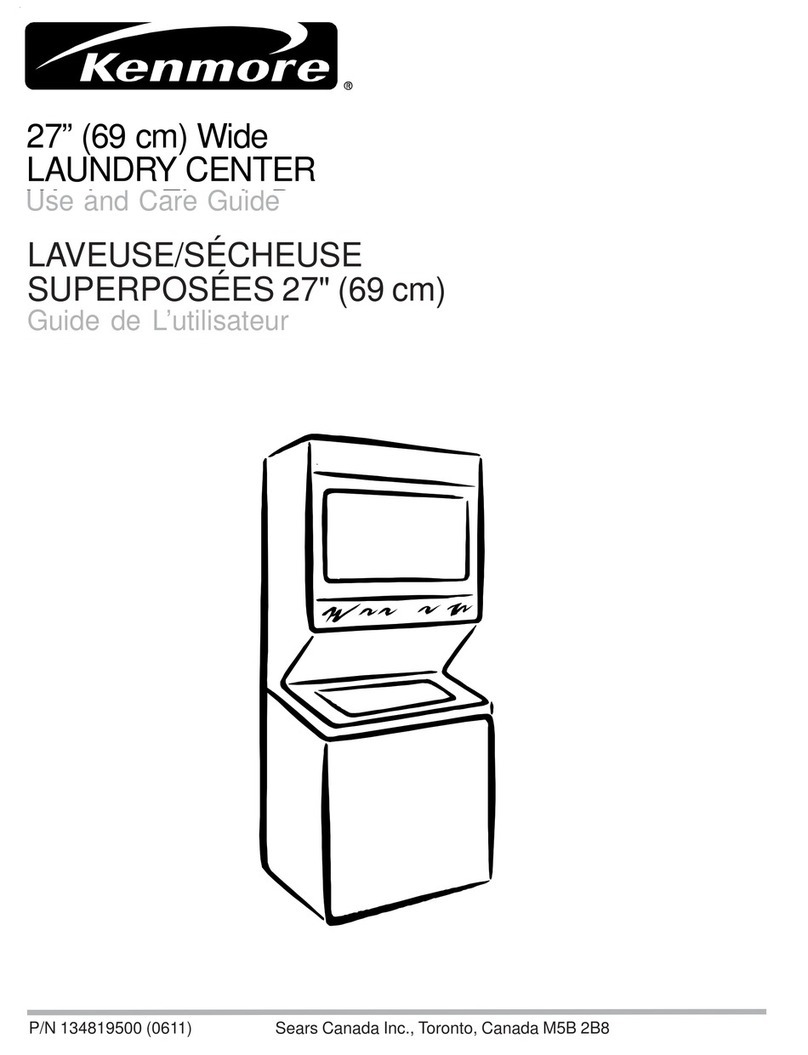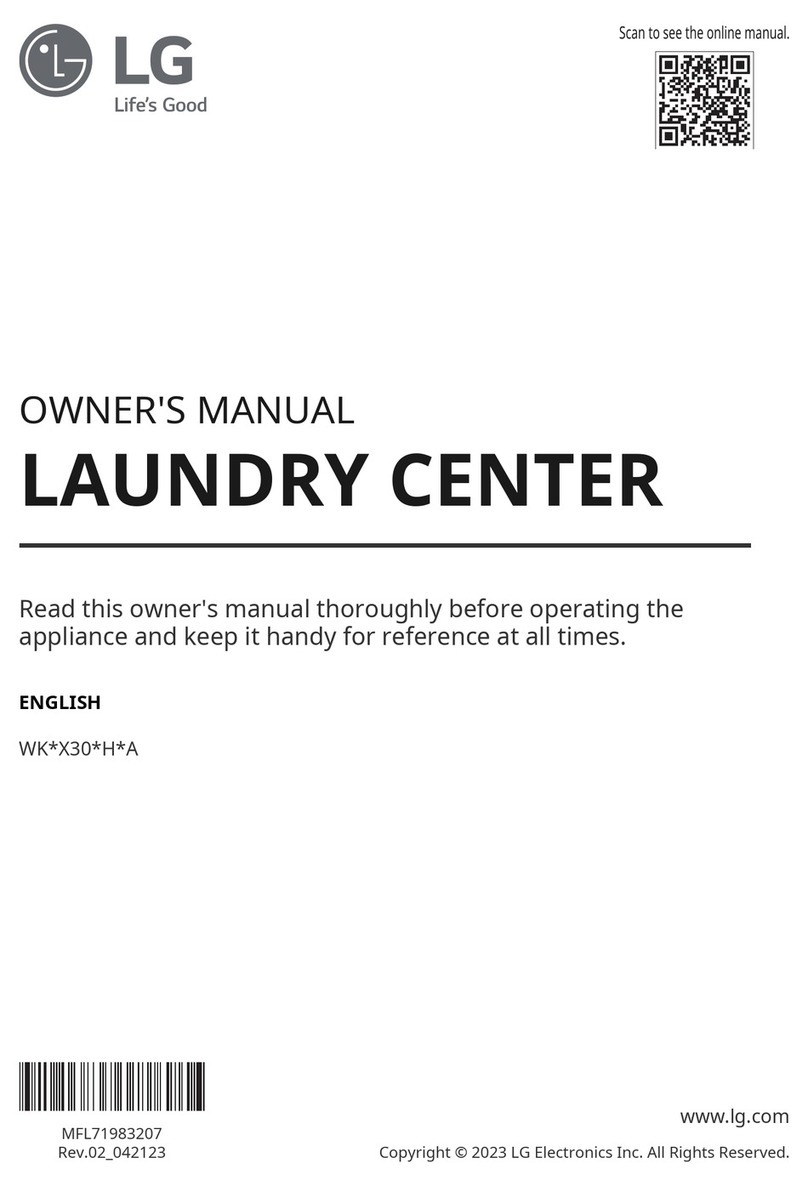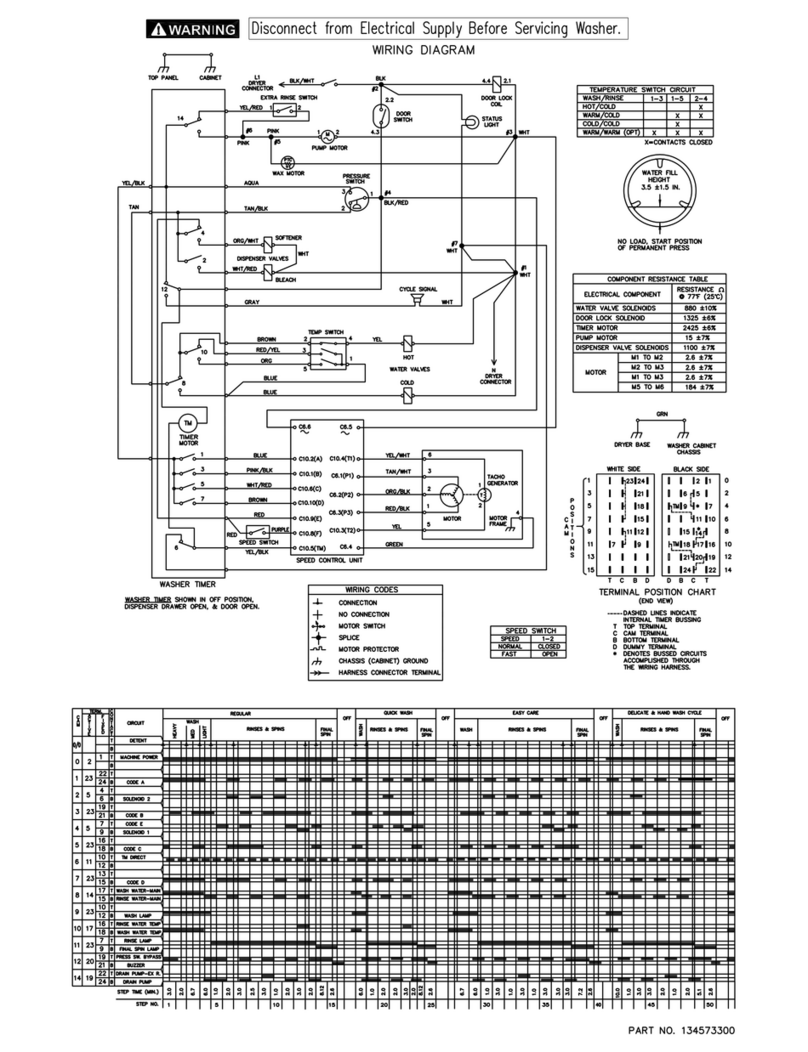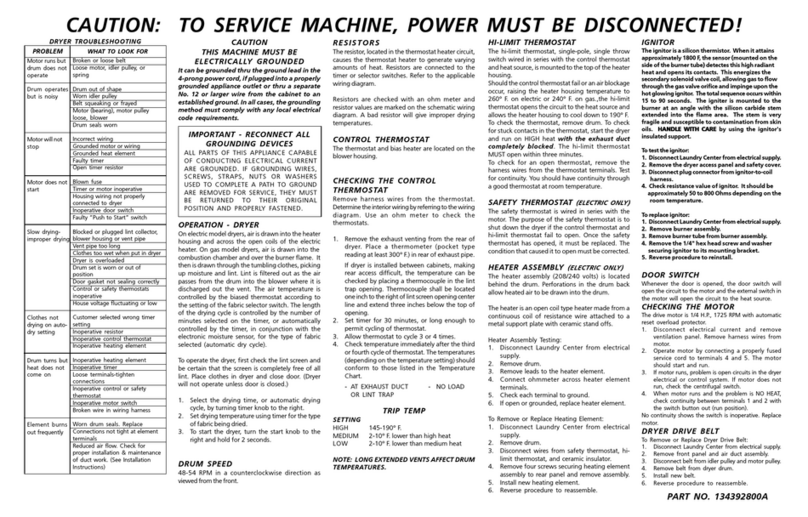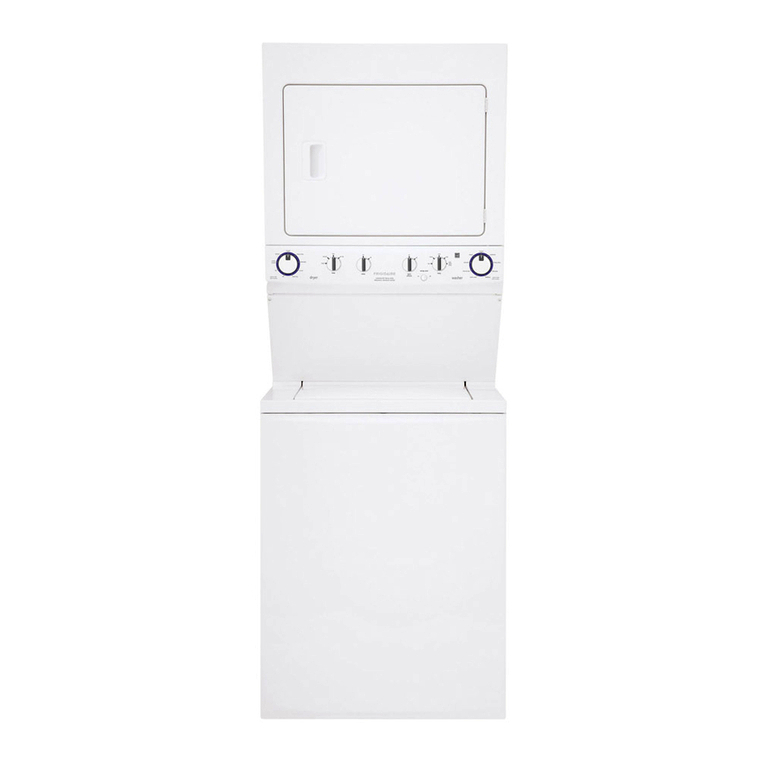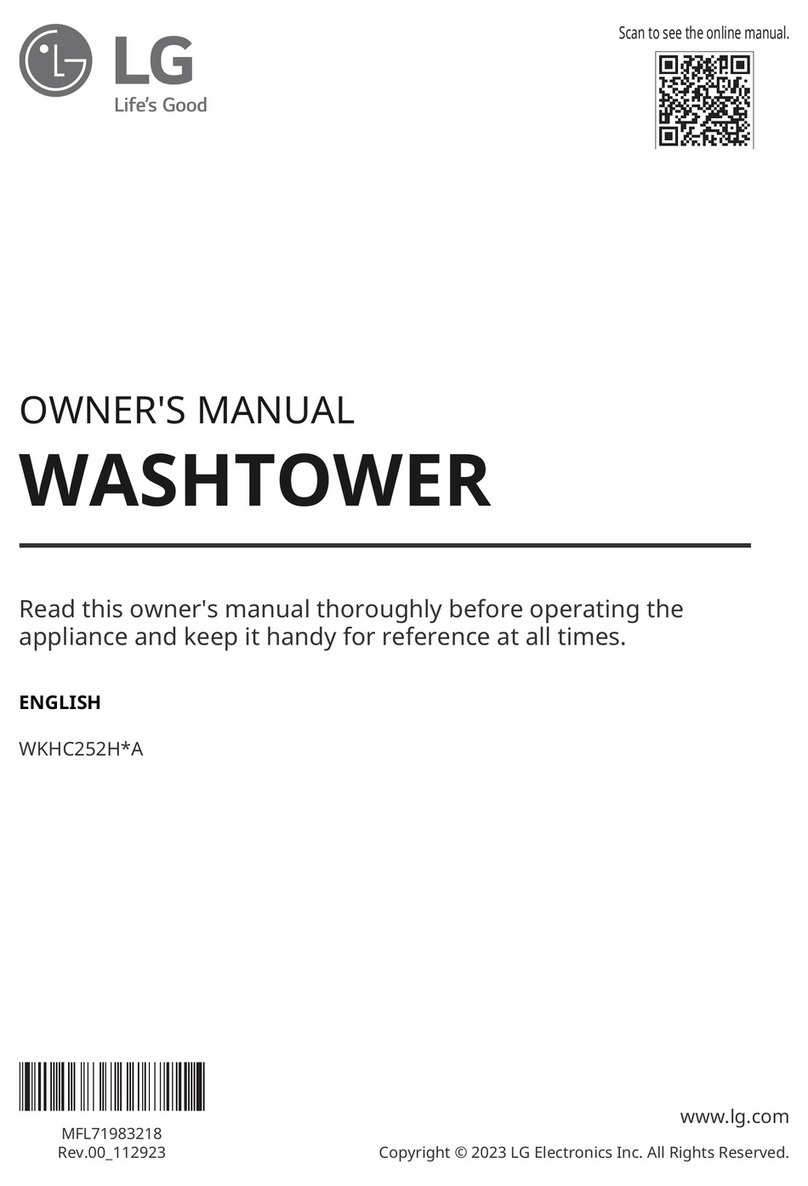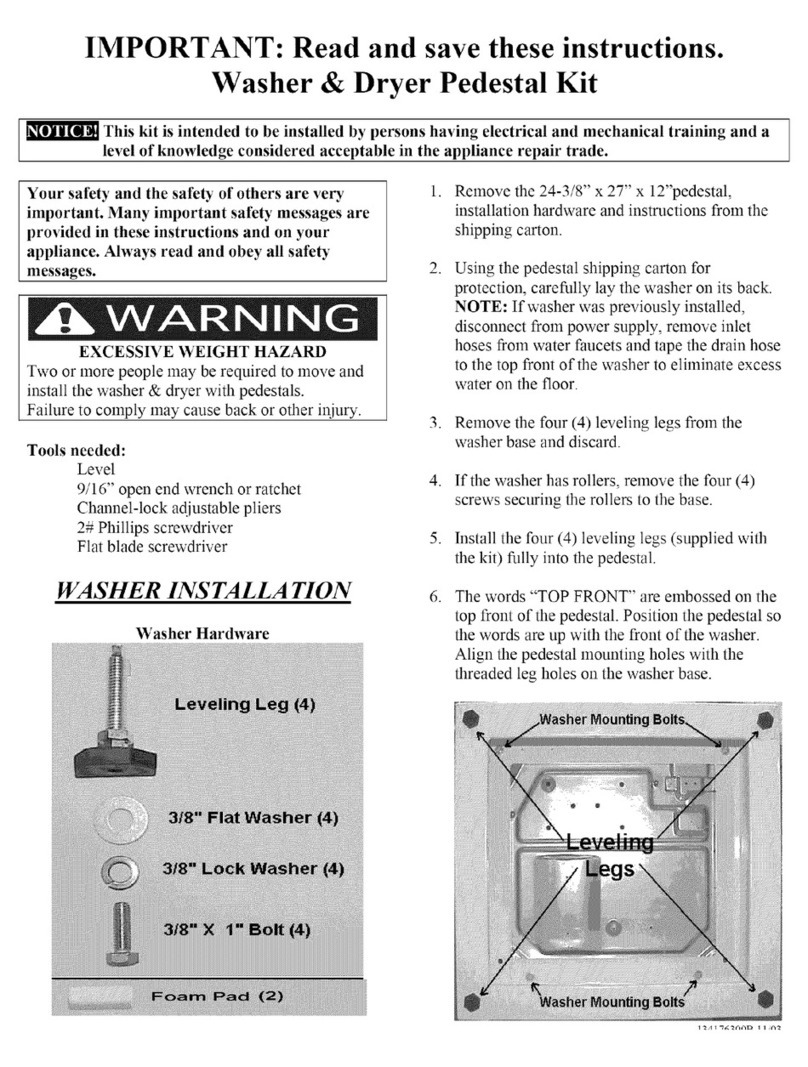
Pellerin Milnor Corporation i
Contents
1 Machine Description and Identification ........................................................................................4
1.1 About This Manual and Your Milnor® Machine ..............................................................4
1.1.1 Description ..............................................................................................................4
1.1.2 Machine Identification.............................................................................................4
• Machine Data Plate ...............................................................................................4
2 Safety.............................................................................................................................................5
2.1 Safety — Rigid Washer Extractors ....................................................................................5
2.1.1 Safety Alert Messages—Internal Electrical and Mechanical Hazards....................5
2.1.2 Safety Alert Messages—Cylinder and Processing Hazards....................................5
2.1.3 Safety Alert Messages—Unsafe Conditions ...........................................................7
2.1.3.1 Damage and Malfunction Hazards ...............................................................7
2.1.3.1.1 Hazards Resulting from Inoperative Safety Devices.........................7
2.1.3.1.2 Hazards Resulting from Damaged Mechanical Devices ...................7
2.1.3.2 Careless Use Hazards ...................................................................................8
2.1.3.2.1 Careless Operation Hazards—Vital Information for Operator
Personnel (see also operator hazards throughout manual) ...............8
2.1.3.2.2 Careless Servicing Hazards—Vital Information for Service
Personnel (see also service hazards throughout manuals)................8
2.2 Prevent Damage from Chemical Supplies and Chemical Systems ...................................9
2.2.1 How Chemical Supplies Can Cause Damage..........................................................9
• Dangerous Chemical Supplies and Wash Formulas..............................................9
• Incorrect Configuration or Connection of Equipment ..........................................9
2.2.2 Equipment and Procedures That Can Prevent Damage.........................................11
• Use the chemical manifold supplied. ..................................................................11
• Close the line.......................................................................................................12
• Do not let a vacuum occur...................................................................................12
• Flush the chemical tube with water.....................................................................12
• Put the chemical tube fully below the inlet.........................................................12
• Prevent leaks. ......................................................................................................12
3 Routine Maintenance...................................................................................................................13
3.1 Routine Maintenance .......................................................................................................13
3.1.1 Maintenance Summary..........................................................................................13
3.1.1.1 Guards and Related Components ...............................................................14
3.1.1.2 Filters, Screens, and Sensitive Components...............................................14
3.1.1.3 Components that Become Worn.................................................................15
3.1.1.4 Bearings and Bushings ...............................................................................15
3.1.1.5 Motor Grease Schedule ..............................................................................15
3.1.1.6 Mechanisms and Settings ...........................................................................15
3.1.2 How To Remove Contamination ...........................................................................16
3.1.3 Lubricant Identification .........................................................................................17
3.1.4 Grease Gun Procedures .........................................................................................18
3.1.5 Procedures for Motors ...........................................................................................18
3.1.6 How To Show the Maintenance On a Calendar ....................................................20
3.2 Maintenance Components—Machines and Controls Group ...........................................21
3.2.1 How to Examine V-belts and Pulleys ....................................................................21
3.2.2 Inverters.................................................................................................................23
